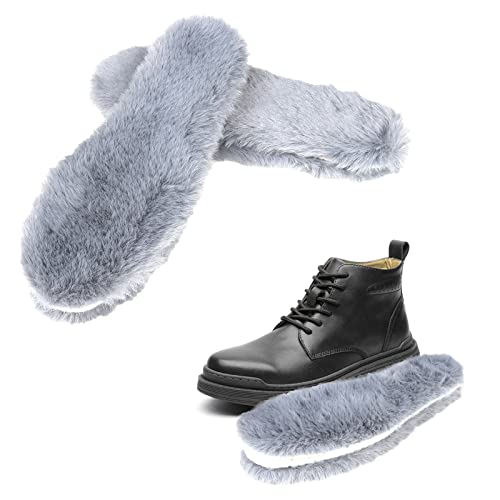CochinBrahmaLover
Well-known member
http://i.imgur.com/SbzT77x.png?1
"Hello Rabbitors. My Rabbit, Chip, has had a teary eye for the past month. After one day of noticing this I made him an appointment where my vet (specializes in Rabbits) flushed out his eye and commented that it did not look infected.
The next week we brought him back as the tearing continued. We were given antibiotic eye drops that seem to have little effect on his problem.
If anybody has any experience or knowledge on this symptom please share!"
Was on a pet forum and saw this guy and his poor bun. I was wondering if perhaps anyone had any ideas? I know y'all are very smart in the diseases and injuries section. I know the vet couldn't find anything but I figured you guys would probably have some ideas? The only suggestion was that 'some rabbits have chronic runny eyes' which just sounded... Crazy, tbh, but I'm not too well versed in rabbit illnesses so I wasn't going to question it
Thanks
"Hello Rabbitors. My Rabbit, Chip, has had a teary eye for the past month. After one day of noticing this I made him an appointment where my vet (specializes in Rabbits) flushed out his eye and commented that it did not look infected.
The next week we brought him back as the tearing continued. We were given antibiotic eye drops that seem to have little effect on his problem.
If anybody has any experience or knowledge on this symptom please share!"
Was on a pet forum and saw this guy and his poor bun. I was wondering if perhaps anyone had any ideas? I know y'all are very smart in the diseases and injuries section. I know the vet couldn't find anything but I figured you guys would probably have some ideas? The only suggestion was that 'some rabbits have chronic runny eyes' which just sounded... Crazy, tbh, but I'm not too well versed in rabbit illnesses so I wasn't going to question it
Thanks






























